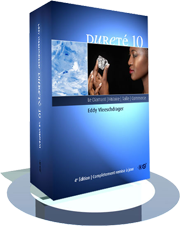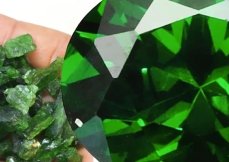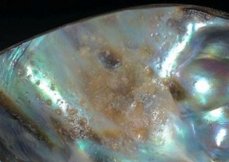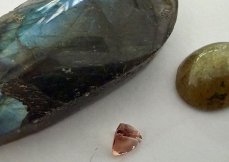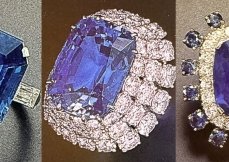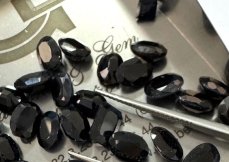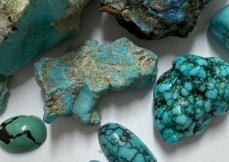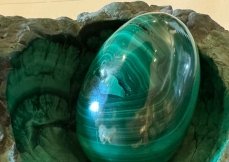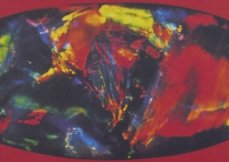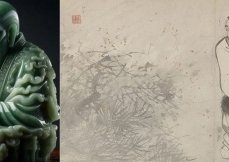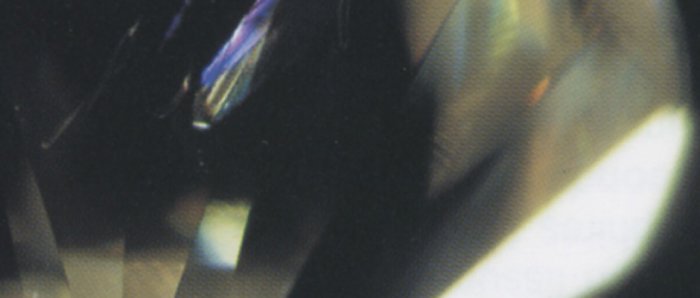
THE GLET FILLING | EN
THE FILLING OF THE CRACKS IN PRECIOUS STONES UNDER SCRUTINY
For several years now, the diamond and corundum sector has been faced with such manipulation. The process, which consists in filling the tears in the stones with synthetic products, is used for both cut stones and rough stones alike.
In spite of it all, we have established that the product is not stable and after a few months or a few years, following being exposed to the sun, to the various temperatures or aggressive cleaning, the tears come up again. The values of such processed diamonds are sometimes around 1/1Oth of the value of an unprocessed diamond.
New techniques to improve the purity of a diamond have to be reckoned with in the near future since diamonds are becoming more and more expensive and therefore improving those which have a lesser value is becoming more strategic, without even referring to those diamonds which, during cutting, have suffered damage originating in internal tensions and causing tears. Such accidents are in fact more and more cornmon in cutting workshops, especially as regards Russian and Australian diamonds whose genesis is different from those diamonds originating from Africa or Brazil.
- HOW CAN ALTERED STONES BE DETECTED?
If such diamonds coming from Antwerp never contain such products (they are indeed regularly cleaned with acid there, whether rough or cut), some diamonds, originating from Israel or the United States may have been treated. The manufacturers in those countries often fill diamonds with tears (glets) with vitreous-plastic products (Opticon). Luckily there are methods to spot such diamonds. The "filled" diamonds may be detected in turning them slowly between the fingers or tweezers: after some time a colourful "flash" effect (small rainbow) may be seen. Under S-rays, the filling may easily be seen. The SEM (scanning electron-microscopy) also clearly shows the fining, as well as the X-Ray fluorescence analysis (EDXRF) and eventually the Raman spectroscopy. The ultra violet rays, as well as the polariscope, on the other hand prove absolutely inefficient. According to the Northwest Gemmological Laboratory, if processed stones are exposed for several hours to ultra sounds, the products cannot but deteriorate. Still according to the same laboratory. being exposed to a strong UV source (for +/- 40 hours) causes an erosion on the surface of the process. But those devices are highly sophisticated and used mainly by the big laboratories and universities .
The favourite detection method for the gemmologist will therefore be the control under the microscope, open to its maximum light and enlargement in order to check the signs of external cracks which do not penetrate and disappear in the stone:
- The checking is carried out in the best conditions, but the other way around: for instance a top crack will be seen on the surface, while a surface crack will be seen on the table. The observation will be seen through a black field.
- There are small gas bubbles in the filling product, imitating the finger prints that may be found in sapphires.
- Some stones show small bubbles outside the crack, as if the product had overflowed with the heat.
- Some cracks have a cracked texture.
- The product cannot stand either vitriol or deep boiling (vacuum).
Warning: some stones have natural cracks surrounded by a halo, like a rainbow caused by inner tensions.
|
